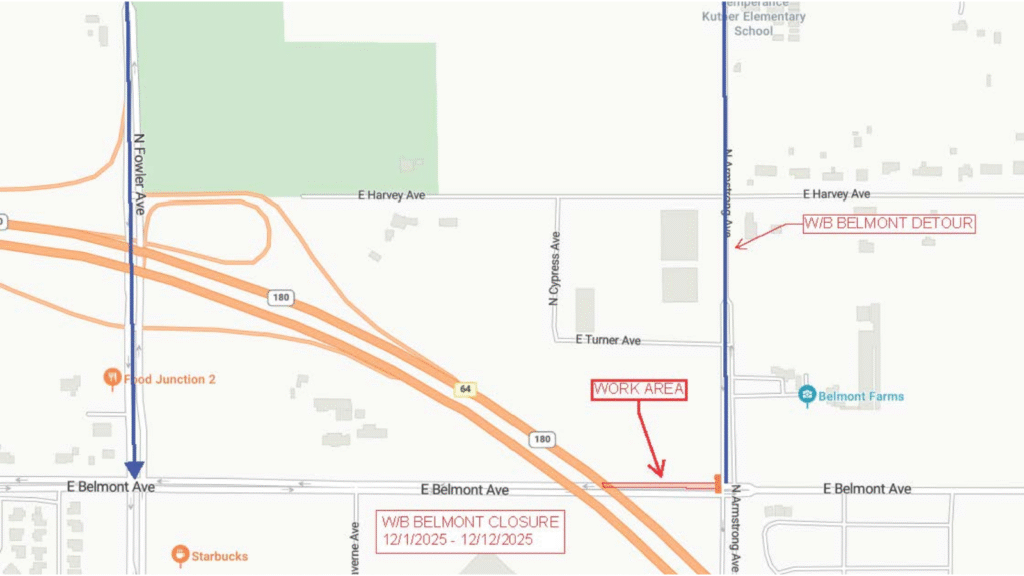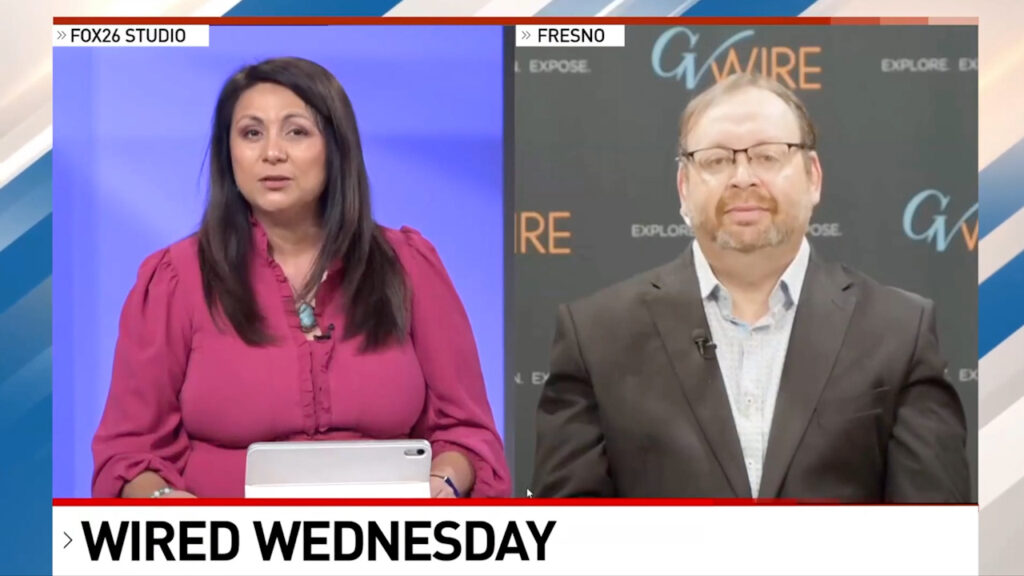California's Public Utilities Commission grapples with balancing consumer protection and utility profitability, a delicate act with far-reaching implications. (CalMatters/Ted Soqui)

- The state PUC's five members, all appointed by the governor, oversee hundreds of billions of dollars in utility bills each year.
- Voters made the state insurance commission an elected position and gave the office new regulatory authority 36 years ago.
- California's insurance crisis affects property owners as well as those aspiring to homeownership and must have insurance to obtain mortgages.
Share
|
Getting your Trinity Audio player ready...
|
In the late 19th and early 20th centuries, the Southern Pacific Railroad wielded almost total control over California’s politics, angering farmers who believed they were being gouged by high freight rates and fueling a powerful populist movement.

Dan Walters
CalMatters
Opinion
Farmers’ complaints spawned several efforts to regulate them and finally gave birth in 1911 to the California Railroad Commission. Just a year later, the commission’s rate-setting authority was expanded to natural gas, electric power, telephone and water utilities. In 1946, its name was changed to the California Public Utilities Commission.
The commission’s five members, all appointed by the governor, oversee hundreds of billions of dollars in utility bills each year, issuing its decrees after mind-numbingly complex legal and financial proceedings.
In theory, the CPUC is protecting customers of monopolistic utilities. However it also implements policy decrees, such as shifting power generation to renewable sources, and must – in its rate-setting role – ensure that the regulated utilities earn enough profit to maintain access to capital and debt markets.
Related Story: CPUC Must not Push Solar Energy Beyond the Reach of the Poor
The Impact of Regulation on California’s Power Rates
It’s that latter role that comes into play when the CPUC sanctions sharp increases in electric power rates, as it has been doing in recent years, much to the dismay of both residential customers and businesses that need electricity to survive.
California households and businesses now pay the nation’s highest power rates, although their actual power bills are marginally lower vis-a-vis other states due to California’s relatively temperate climate.
Thirty-six years ago, California voters subjected insurance premiums to the same kind of regulation by passing Proposition 103. It shifted the state insurance commissioner from an appointee of the governor to an elected position and gave the office new regulatory authority.
The measure’s sponsors promised that regulation would maintain a lid on consumer insurance costs and contend that it’s done so. However, unlike electric utilities, insurers are not monopolies and cannot be compelled to do business in California, so the insurance commissioner has the implicit duty to also maintain their profitability so they continue to offer coverage.
Over the last couple of years, in response to costly payouts for wildfires, insurers have been leaving the state or refusing to renew policies in fire-prone regions. Left without insurance, homeowners have flocked to the insurer of last resort, the California FAIR plan, which not only has high rates but imposes strict limits on coverage.
It’s a crisis, affecting not only current property owners, but those who aspire to homeownership and must have insurance to obtain mortgages.
Related Story: California Sides With Big Utilities, Trim Incentives for Community Solar ...
Proposed Overhaul and Future of California’s Insurance Industry
Insurance Commissioner Ricardo Lara has proposed a regulatory overhaul to entice insurers to continue writing policies in California. It would allow them to include projections of future losses and the costs of reinsurance in premiums and speed up rate change rulings.
Lara is drawing fire from Consumer Watchdog, whose leaders wrote Prop. 103 and which has received millions of dollars in “intervenor fees” for participating in rate-setting proceedings. However, Lara draws support from legislators whose constituents are seeing their policies vanish and from Gov. Gavin Newsom. Last week, Newsom endorsed one aspect of Lara’s plan by submitting a budget trailer bill that would, if enacted, speed up rate-setting cases.
“This proposal requires the Department of Insurance to modernize and streamline its rate application process to get back to the expedited timelines outlined in Prop. 103,” Alex Stack, a spokesperson for the governor, said.
What’s happening underscores how regulators must protect the profitability of the corporations they oversee. It’s something to keep in mind as the state expands financial regulation of the health care industry, which is by far California’s biggest economic sector.
Ultimately there’s no free lunch.
About the Author
Dan Walters has been a journalist for nearly 60 years, spending all but a few of those years working for California newspapers. He began his professional career in 1960, at age 16, at the Humboldt Times. CalMatters is a public interest journalism venture committed to explaining how California’s state Capitol works and why it matters. For more columns by Dan Walters, go to calmatters.org/commentary.
Make Your Voice Heard
GV Wire encourages vigorous debate from people and organizations on local, state, and national issues. Submit your op-ed to bmcewen@gvwire.com for consideration.



















